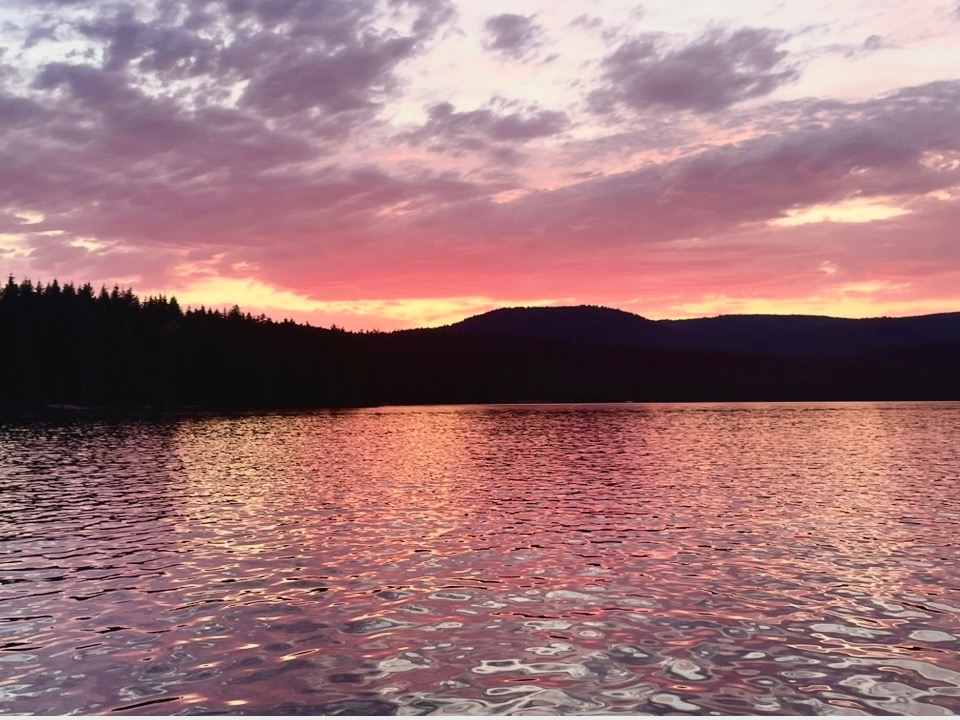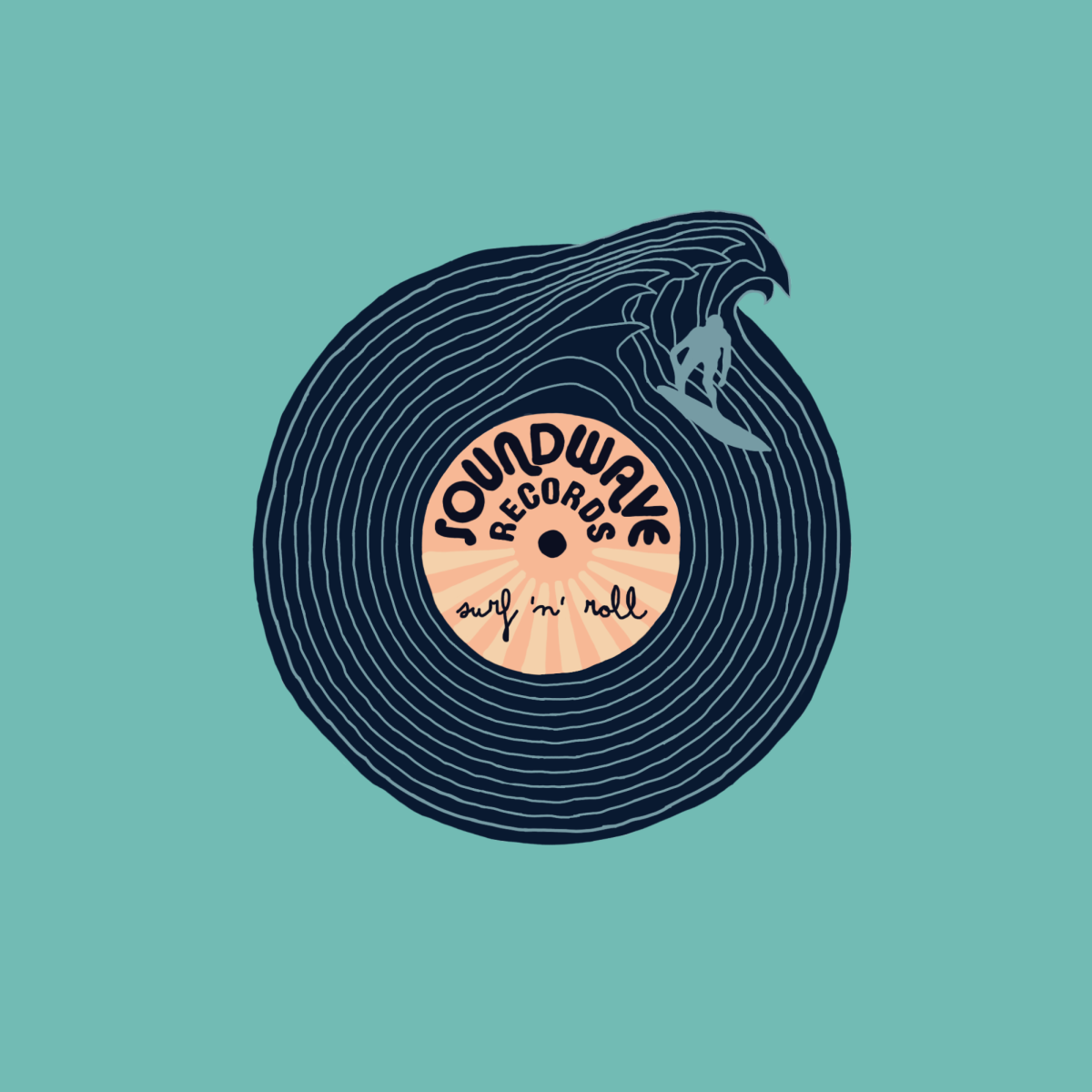Bored of long, hot summer days? Then this summer, consider waiting until sunset and watching the Perseid Meteor Shower. Named after the constellation Perseus, where the meteors seem to appear from in the sky, the Perseid Meteor Shower is a great way to spend restless summer nights.
The shower occurs every year from mid-July to late August, typically reaching its peak on Aug. 11-12. With good conditions, you may be able to see 50 to 100 meteors per hour at the peak, though you’ll likely see far fewer.
For the best viewing conditions, make sure the sky is clear and you’re far away from light pollution. If you’re watching from home, you may still be able to see a few meteors, though.
Tualatin High School astronomy teacher Timothy Youngberg has had some experience watching the Perseids in August.
“You just want to find a place where there’s a wide open field where you can see the horizon,” said Youngberg. “You get kind of a 360 view of the sky, and then it’s usually just hanging out with friends, chilling in a lawn chair, just looking back up at the sky and watching for little streaks to appear.”
Some might think standing out in the cold and craning your neck skyward sounds annoying. However, watching meteor showers can be a lot of fun in the right conditions. According to Youngberg, seeing meteors is always beautiful and unexpected.
“You get different-sized meteors that come in,” he said. “So, sometimes they’re just a tiny little streak. Sometimes, you’ll get longer ones with trails, and you’ll see different colors. Maybe you’ll get a fireball one that will show up where it’ll leave a long trail, have maybe a little smoke, and be pulsating. It’s kind of like you never know what’s going to happen. It’s always going to be different.”
If you need something new to see, drive out to a remote field in August, bring your friends, your family and a comfy folding chair, and appreciate an otherworldly phenomenon.





